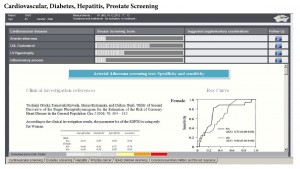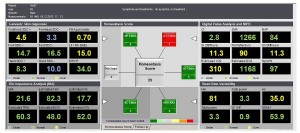E.I.S. | Electro Interstitial Scan
What is an E.I.S – Electro Interstitial Scan?
Measuring all electrolyte (enzyme) activity in the body. This is all body functions, both present and not present. It screens and calibrates all organ functions and offers a quicker, more sensitive results than traditional blood tests. Offering feedback and information for the patient and practitioner to better understand why *Clinical Study discount available. Ask to see if you qualify. we have the results that we do.Monitoring rate of progress
EIS scan results offer a person the information to help themselves more thoroughly, daily, and in a balanced way.
$120 per session* | Price includes scan, report and follow-up assessment with Dr. Hill


[divider border=”small” color=”#d3d3d3″
The Balance of Life or Health
The Balance of Life or Health is based on the principle of homeostasis, which is a dynamic flux and flow of elements in balanced ratio’s, in the human body. The EIS measures and determines body tissue and cell chemistry and physiology by bioimpedance, the electrical properties of these elements.
Bioimpedance is the response of a living organism to an externally applied electric current. It is a measure of the opposition to the flow of that electric current through the tissues” –Wikipedia
Bioimpedance technology has been used medically since the 1950’s for burn patients, who needed quick accurate information to know what and how much electrolytes would be needed to be infused into patients by IV – intravenous drip. This was life or death procedure to prevent a patient from going into shock from electrolyte loss (due to skin loss from burns). Bioimpedance technology continued to be useful in medicine in the 1960s and 1970s with heart transplant surgery. It was absolutely necessary for surgeons to know not just the health status of the heart going into the patient, but also the condition of all the other organs in the patient. It is no use putting a new heart into a patient when their kidneys are failing. Bioimpedance technology gave medicine quick accurate information, like high fidelity sound in the music industry in that era. Continue Reading….


